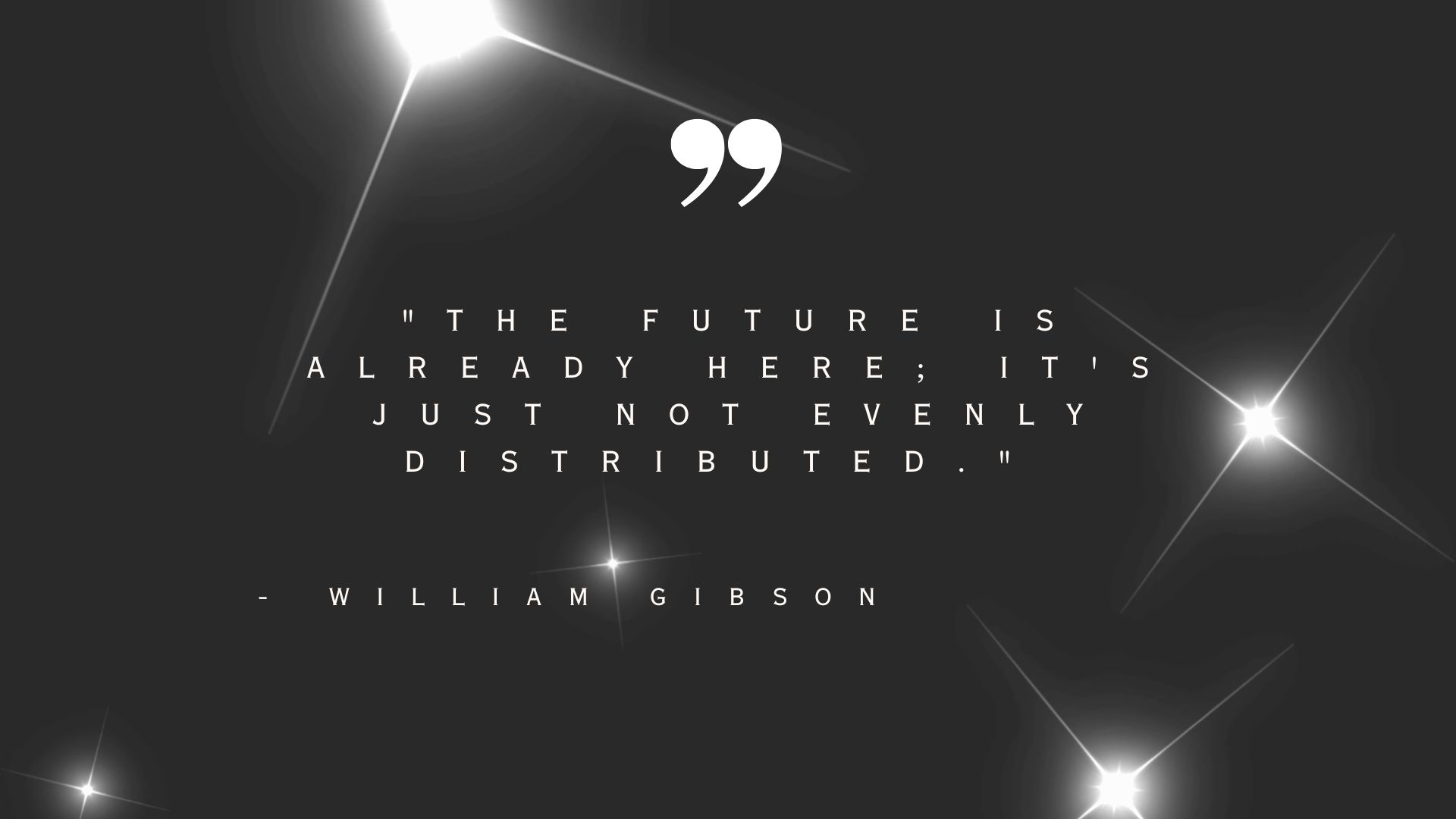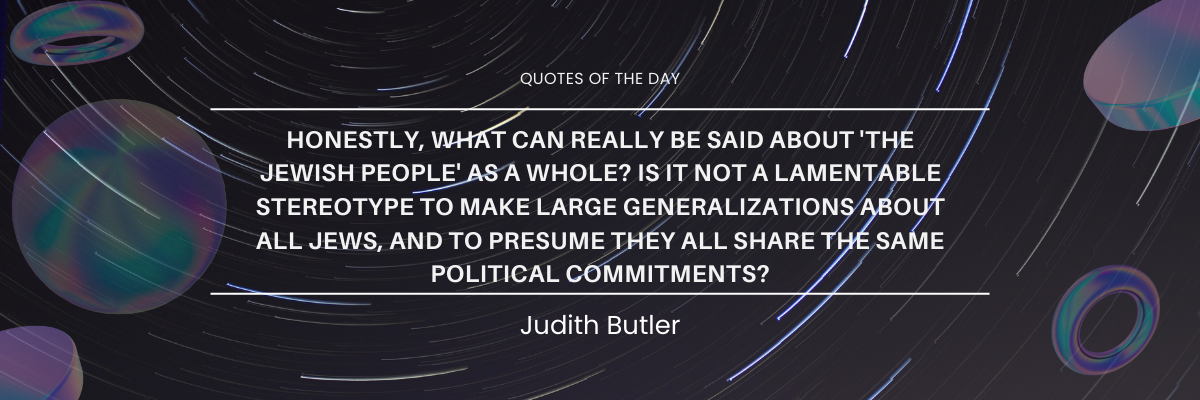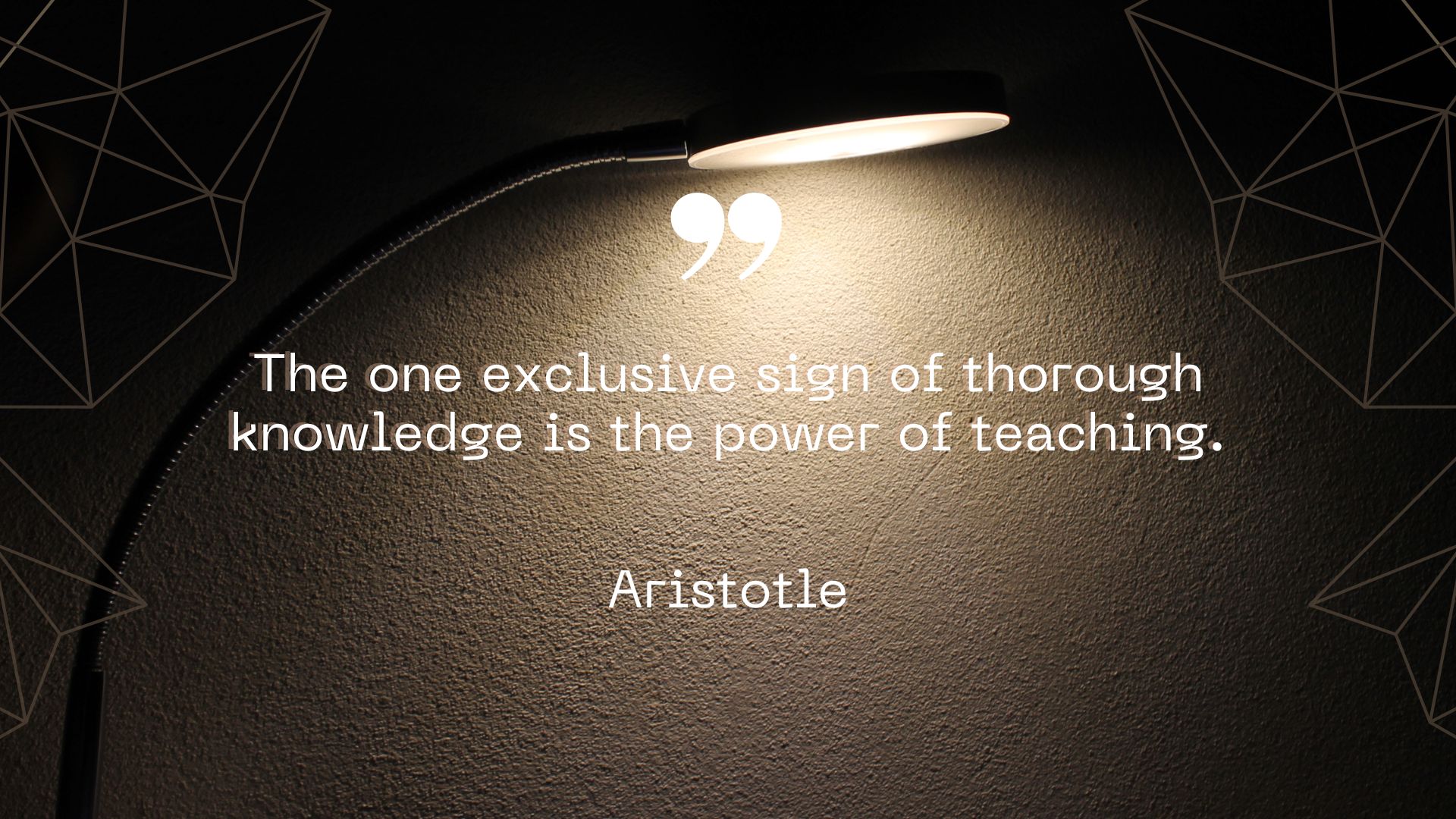“The future is already here; it’s just not evenly distributed.”
– William Gibson
William Gibson, a renowned science fiction author, is often credited with coining the phrase, “The future is already here; it’s just not evenly distributed.” This thought-provoking quote encapsulates the idea that advancements and innovations that shape our future already exist but are not yet accessible or widespread for everyone. The explanation of this quote can be broken down into the following subheadings:
- Technological Advancements: The quote highlights the notion that various technological advancements, breakthroughs, and cutting-edge innovations already exist in the present, though they might not be readily available to all individuals or communities. These advancements might include groundbreaking medical treatments, renewable energy solutions, artificial intelligence applications, space exploration technologies, and more. The gap between those who have access to these technologies and those who do not is what makes the distribution uneven.
- Economic Disparities: One of the main reasons for the uneven distribution of the future is economic disparities. Access to the latest technologies and resources often depends on financial capabilities, and not everyone can afford to adopt or utilize emerging technologies. This creates a divide between those in affluent regions or societies who can readily embrace the future and those in less privileged areas who are left behind, reinforcing existing social inequalities.
- Geographical Disparities: Geographical factors also play a role in the unequal distribution of the future. Technological advancements might be concentrated in specific regions or urban centers, leaving rural and remote areas with limited access to these developments. Additionally, factors like infrastructure, internet connectivity, and availability of resources can further contribute to the uneven distribution of progress.
- Societal and Cultural Factors: The cultural and societal attitudes towards change and innovation can impact the distribution of the future. Some communities might be more resistant to adopting new technologies due to cultural beliefs or fears of the unknown, while others embrace progress more readily. These varying mindsets can create disparities in the acceptance and utilization of new technologies and ideas.
- Government Policies and Regulations: Government policies and regulations can either accelerate or impede the distribution of the future. Supportive policies that encourage research, development, and accessibility of technologies can foster a more even distribution of progress. Conversely, restrictive policies or lack of support for innovation can hinder the widespread adoption of beneficial advancements.
Conclusion:
William Gibson’s quote reminds us that the future is not a distant concept; it exists in the present through technological innovations and advancements. However, the uneven distribution of these advancements, influenced by economic, geographical, cultural, and governmental factors, means that not everyone can benefit equally from the promises of the future. As a society, addressing these disparities and striving for a more equitable distribution of progress becomes essential to building a brighter and more inclusive future for all.




